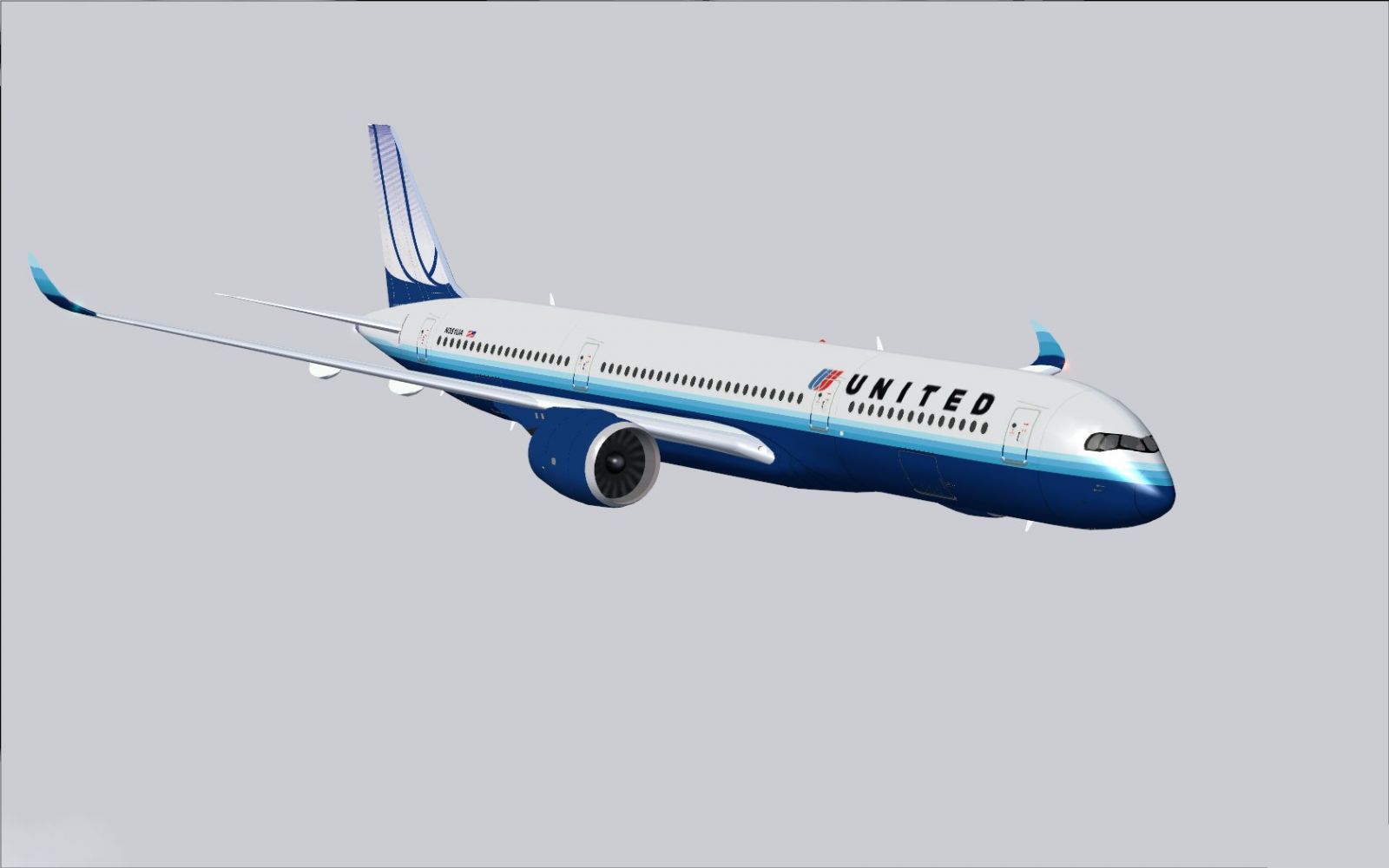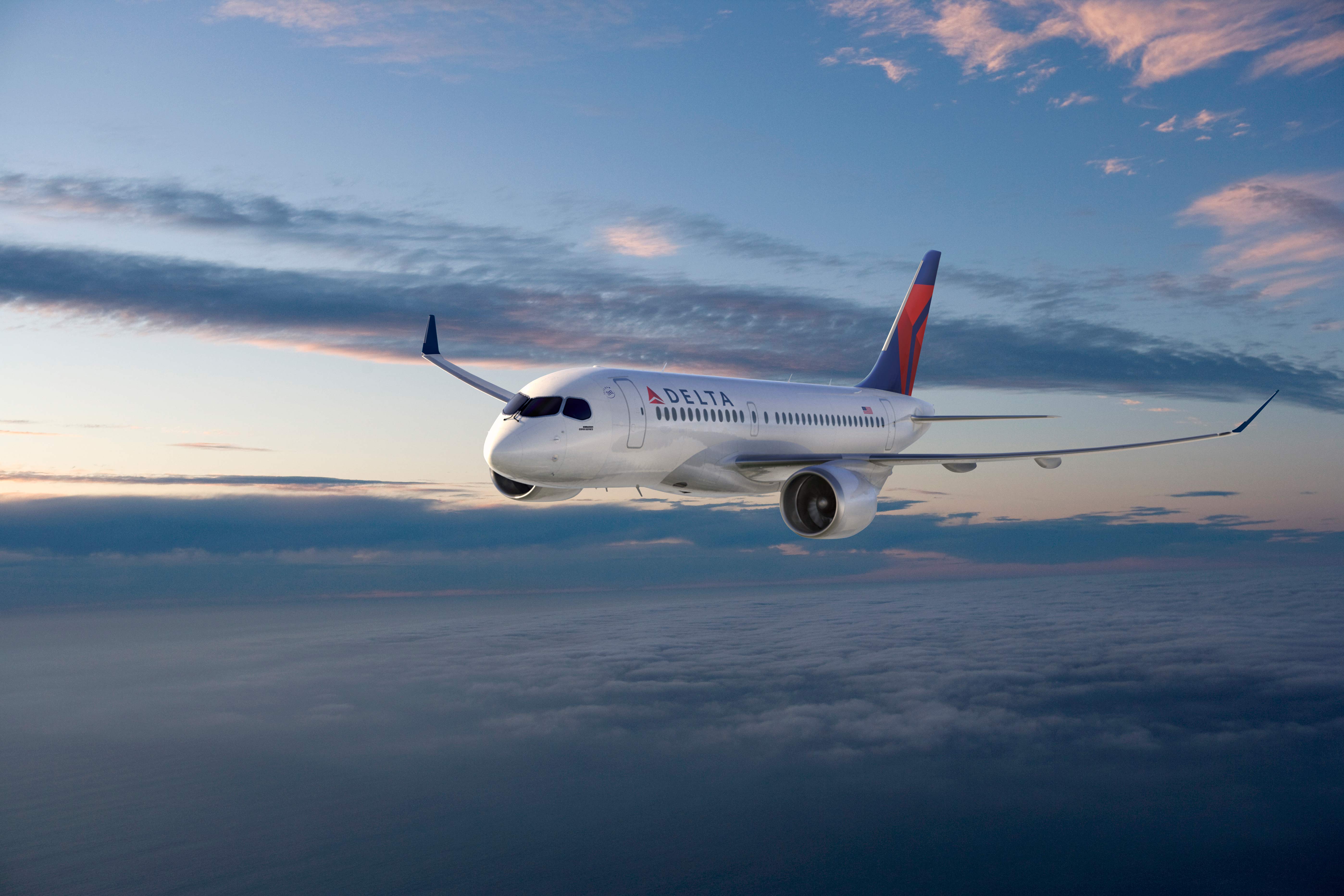Leeham News and Analysis
There's more to real news than a news release.
Boeing’s Bold Ambition, Part 2
Subscription Required
Introduction
Oct. 9, 2017, © Leeham Co.: When Boeing launched the 787 program in 2003, an after-market maintenance program called Gold Care followed.
It wasn’t successful. Few customers signed up for it.

Stan Deal, CEO of Boeing Global Services.
But the lessons learned are important for Boeing’s drive to vastly expand its presence in the global commercial airplane after-market business.
Boeing Commercial Airplanes and Boeing Defense, Space & Security (and the latter’s predecessor, Integrated Defense Systems) provided services to the airlines, lessors and government customers, but now there is a dedicated business unit.
Boeing Global Services was announced nearly one year ago, on Nov. 21. When Boeing reports its third quarter earnings at the end of this month, for the first time revenues and profits for BGS and its predecessors will be a line-item in the earnings statements.
Stan Deal, the CEO of BGS, acknowledged the poor start of Gold Care in an interview with LNC. But from this unhappy experience, Boeing learned what officials hope lays the foundation of a new, robust business.
Summary
- 787 Gold Care didn’t start out well.
- Gold Care is rejigged and rebranded.
- BGS services Airbus aircraft, too.
Pontifications: 49 years ago, the first 747 rolled out
Sept. 30, 2017, © Leeham Co.: Today is the 49th anniversary of the roll-out of the Boeing 747-100.
On Nov. 7, United Airlines operates its last 747 flight. Delta Air Lines ends it 747 service this year. Afterward, there won’t be a single US operator of the passenger model.
The 747 remains in service with US cargo carriers Atlas Air, Kalitta Air, UPS and a few others. Globally, British Airways, Lufthansa and Korean Air Lines are among those flying the passenger model.
Ted Reed, one of the writers of TheStreet.com, asked me earlier this month to give some thoughts about the 747. Below is what I gave him; he excerpted some for his column in Forbes. The focus was on US operators.
Assessing the 25 YOA aircraft factor
Subscription Required
Introduction
Sept. 21, 2017 © Leeham Co.: Airbus and Boeing look ahead to 2021 and the next several years when wide-body aircraft begin turning 25 years old to spur orders for this sector.
Boeing specifically points to this period as one reason for the announcement last week that it will boost production of the 787 to 14/mo beginning in 2019.
Summary
- There already are 1.4 times more wide-body airplanes scheduled for delivery in 2021-2025 than there are aircraft turning 25 years old.
- The next surge in aging aircraft comes ~2030.
- Middle of the Market aircraft isn’t factored in.
Assessing the United A350-900 order
Subscription Required
Introduction

United Airlines last week returned to the Airbus A350-900 it originally ordered. It will replace Boeing 777-200ERs beginning in 2022. Image via Google.
Sept. 11, 2017, © Leeham Co.: The deal last week between United Airlines and Airbus was a winner for the carrier and a mixed win for the OEM.
Boeing was also a mixed winner.
Summary
- United was in the best position to come out ahead, and it did.
- Airbus kept a high-profile US customer, but the A350-1000 program took a hit.
- Boeing’s strategy of putting 777-300ERs into United hurt the A350-1000, but UAL remained an A350 customer.
Pontifications: Avolon sees strong sales for Boeing 737-10
Aug. 14, 2017, © Leeham Co.: Avolon, one of the world’s largest aircraft lessors following the acquisition of the CIT Aerospace portfolio, believes Boeing will see 2,000 of the 737-10—doubling the internal figure Boeing used to launch the program.
In a new white paper, which Avolon periodically issues, the lessor “projects that the MAX 10 will account for approximately 20% of all 737 MAX family deliveries, which would equate to around 2,000 aircraft. This compares to the A321neo, which is forecast to account for 40% of the A320neo family, with over 4,000 deliveries,” writes Steve Mason, Avolon’s SVP of Strategy.
Mason joined Avolon from CIT acquisition, where he held a similar position and likewise issued periodic white papers.
“The value proposition of the MAX 9 has been impacted by the launch of the MAX 10. It is unclear what role remains for the aircraft, but it is likely to have a limited future,” Mason writes.
Mid-year production update at Airbus
July 27, 2017, © Leeham Co.: It’s mid-way through 2017 and LNC is taking its second look at production and delivery stream flows for the Big Four airframe manufacturers.
We examined Boeing Monday in advance of its earnings call Wednesday. Today we look at Airbus in advance of its earnings call today. We look at Bombardier and Embraer next Monday.
We use the Airfinance Journal Fleet Tracker as the basis for our exam.
Mid-year production/delivery update for Boeing
Subscription required
Introduction
July 24, 2017, © Leeham Co.: Boeing’s 2Q earnings call is Wednesday and analysts will be watching for information about the 787 deferred production costs, potential production rate changes for the 787 and for the 777 Classic.
We looked at the 787 costs last week.
It’s also mid-year and LNC is taking an updated look and production and delivery rate streams for Boeing, Airbus, Bombardier and Embraer. The Airfinance Journal Fleet Tracker is our resource for this report.
We begin with Boeing in advance of its earnings call.
Summary
- A case can be made for taking 737 production rates to 60/mo.
- 777 Classic rates still may need to come down.
- 787 rate increase remains questionable.
MAX 8 conversions to MAX 10 outweigh MAX 9
Subscription Required
Introduction
July 3, 2017, © Leeham Co.: There were conversions of 214 orders from other 737 MAX programs in favor of the 361 orders and commitments announced at the Paris Air Show for the launch of the 737 MAX 10.
Aside from the easily identifiable 100 MAX 9 orders from United Airlines, the other conversions weren’t readily apparent.
An analysis by LNC indicates that about half of the conversions came from the MAX 8.
Summary
- The MAX 10 orders and commitments surpass the MAX 9 after PAS, becoming the second most in-demand of the MAX family.
- LNC estimates that about 300 orders remain for the MAX 9, higher if Lion Air’s MAX order is allocated on a pro-rata basis.
- A lot of MAX 8/9 series orders are TBD, with no immediate selection by the customer.
Decision detailed (sort of) in Boeing-Bombardier price dumping case
June 27, 2017, © Leeham Co.: The US International Trade Commission (ITC) last week released its detailed decision to go forward with the Boeing complaint that Bombardier engaged in price dumping when it sold the CS100 to Delta Air Lines.
But for the outsider, the public document isn’t much help. It’s heavily redacted and left out all the good stuff that would allow an outsider to fully understand the reasoning the ITC voted 5-0 to send the case over to the US Commerce Department for further study and potential imposition of tariffs.

Delta Air Lines Bombardier CS100.





Boeing’s tactical option for MOM sector
Subscription RequiredIntroduction
Aug. 14, 2017, © Leeham Co.: It’s not a done deal yet—the business for the so-called Boeing 797 remains a challenge. But the consensus is that Boeing will launch the program next year, for an entry-into-service around 2025.
Boeing 797 concept. Source: Boeing.
Yet there are airlines that say they don’t want to wait that long for a new airplane.
What are their choices?
Read more
7 Comments
Posted on August 14, 2017 by Scott Hamilton
air force tanker, Airbus, Airlines, American Airlines, Boeing, Bombardier, CFM, Delta Air Lines, GE Aviation, Leasing, Leeham News and Comment, Middle of the Market, MOM, Pratt & Whitney, United Airlines, US Airways
737-10, 737-9, 757, 767-200ER, 767-300ER, 777, 777-300ER, 797, A330-200, A330-800, Airbus, airlines, American Airlines, Boeing, Delta Air Lines, Japan Air Lines, Middle of the Market, MOM, New Midrange Aircraft, NMA, United Airlines